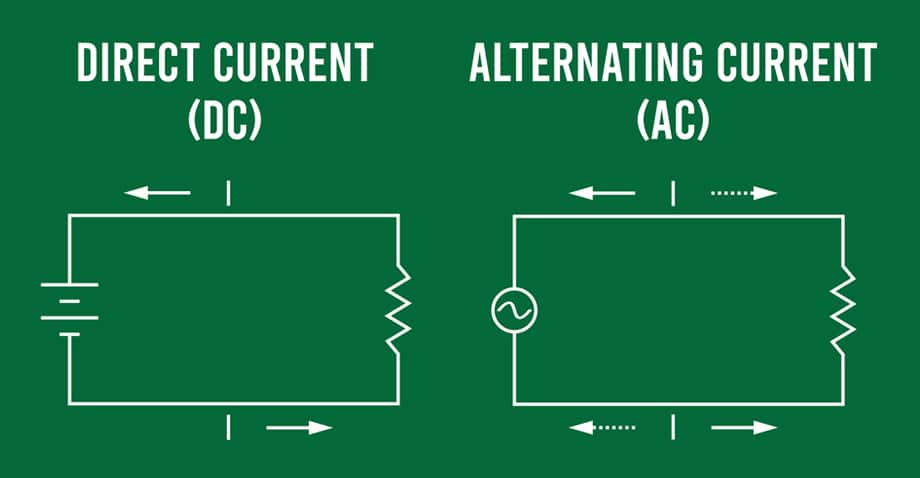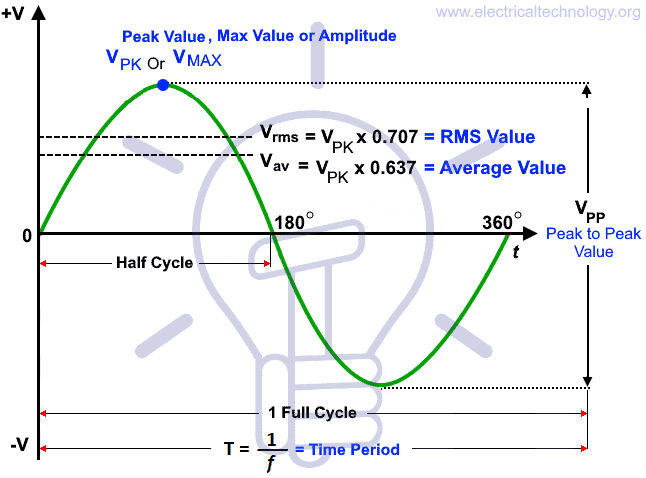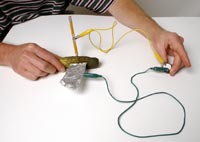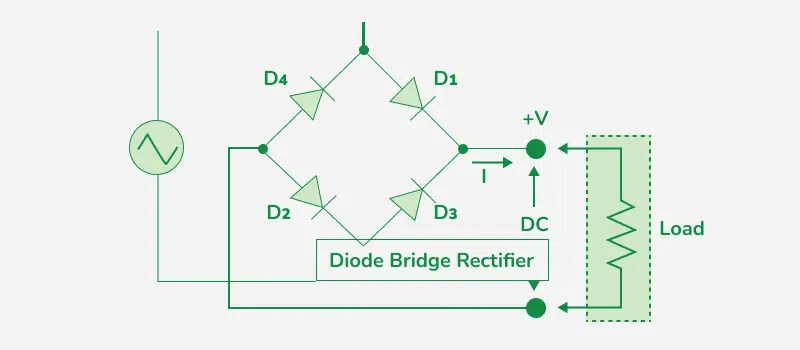DC or AC? How to Choose the Right Electrical System for Your Boat
May 6th, 2025 by team

Electricity Part III
by B.J. Porter (Contributing Editor)
One of the biggest battles at the end of the 19th century was the choice of power type for distribution as electricity became more common in household and business use. The “Current Wars” featured Thomas Edison championing direct current against alternating current advocates such as George Westinghouse and other innovators and inventors. Ultimately, alternating current (AC) triumphed over direct current (DC), yet both electricity types remain in use because of their respective advantages and disadvantages in various applications.
How is this important to you as a boater? If you have a boat battery (DC) and plug into shore power (AC) or use an inverter (AC) to run household appliances on board, you’re dealing with both. And there are many things to know about safety, installation, efficiency, and usage to help you use power more efficiently.
We’re looking at electricity common on boats, and what you need to understand about making the most of it. Or at least how you can ask smart questions when something stops working!
What are the major differences between AC and DC?
The primary difference between AC and DC is the flow of electrons to make the electrical current. The initial power generation method determines the power type, but is often converted between types for different applications.

Direct current
DC flows in one direction at a constant voltage through a circuit, from a positive pole to a negative, or ground. Batteries are the typical source of DC power, with a circuit that contains the loads (lights, motors, electronics) on the circuit between the poles. The nominal voltage of the circuit defines its voltage class, for example, 12 Volt or 24 Volt, and we use it for capacity and power calculations.
The actual or working voltage will vary with the charge state and the load on the circuit, but it will remain close to the nominal voltage. So a 12V house battery may read from 12.0V to 13.0V in normal operation, but we treat it as a simple 12 when describing it.
The flow of DC current is like a river that doesn’t reach the ocean – one direction, and constant.
Alternating current
AC currents move in two directions, and the voltage varies from a positive voltage in one direction of flow to a negative voltage in the other.
The nominal voltage for an AC circuit is actually the Root Mean Square (RMS) value of the voltage, but the voltage fluctuates from a negative to positive peak-to-peak voltage higher than the nominal. Keeping the math simple, the RMS voltage is .707 X Peak Voltage. So a 110V household circuit fluctuates between +155V and -155V, with an RMS Voltage reading around 110V.

Confused yet? Because there’s more.
The graph above shows a single cycle of AC electricity, with the positive and negative peak voltages and the RMS value. A cycle is the period of one full fluctuation. The frequency of the power is the number of cycles per second, known as Hertz (Hz).
The north American standard for power is 110V nominal, 60Hz frequency, Europe and most of the rest of the world uses 220V with a 50Hz frequency. There are some occasional difficulties with the frequency differences, but the voltage change is the big compatibility problem when using 110V appliances in the land of 220V or vice-versa.
Alternating current flow is like a tide near the coast through a narrow channel, where the current will reverse directions as the tide comes in and out.
How is electricity made?
Inducing electrons to flow through a wire in a circuit creates electricity. You need a complete circuit for power to flow, and there are several ways to get the electrons moving. And the way you create the electricity also determines how the electricity flows. Although we will keep our discussion simple, understanding the basics will better inform you about the power type you are using.
DC Power
If you immerse dissimilar metals into an electrically conductive solution without letting them touch, then complete a circuit between them, you will get electrical current flow across the circuit. This is the essence of a battery. You can create a basic battery with a pickle, a piece of aluminum foil, and a pencil, but we’ll need something more durable for your boat!

For 12V lead-acid batteries, the positive plates (Cathode) are typically lead dioxide (PbSO2) on a lead-antimony alloy, and the negative plates (Anode) are porous or “sponge” lead. Closing the circuit causes the battery to discharge, causing a chemical reaction with the acid which creates lead sulfate (PbSO4) at the anode and the cathode. The charging process reverses the chemical reaction, converting the PbSO4 back to PbSO2 at the cathode and Pb at the anode.
If you’re interested in more detail than this simple description, check out this link. But the important part is the current flow is one direction only, at a relatively constant voltage.
AC Power
If you spin a magnet inside a coil of copper wire, you will agitate the electrons in the wire and get electrical current at the ends of the wire coil if you connect it to a circuit.
Magnets have a north and south pole; spinning the magnet shifts the current flow as the pole moves past the wire. This leads to a reverse in electrical flow as the poles reverse. This causes the cyclic nature of the AC power positive to negative flow.
Rotating a coil around a magnet or moving a coiled wire past a magnet will also have a similar effect. Mechanically, it’s usually easier to use these techniques to build an electric generator which is durable enough to survive thousands of hours spinning at high speed.
Generators and alternators on boats use the magnet-and-coil generation technique. Since your alternator produces DC power, that spun-up AC electricity needs to be converted to DC, or “rectified.”
Converting, rectifying, and transforming
We can convert power from AC to DC, from DC to AC, and change voltages. In more complex boats, you may need to do all these things. Note that almost every conversion involves a slight loss of power and some inefficiency.
From AC to DC
The two most common uses of power conversions are battery charging and alternators. Battery chargers, or combination inverter-chargers, create stable DC currents charging batteries.
An alternator generates low voltage AC power as it spins, then runs the current through a bridge rectifier (an arrangement of diodes in a specific pattern) to change it from AC to 12V DC. The output is a stable DC current for charging batteries.

Most modern electronics which use a power “brick” actually run on DC power, and the brick transforms the AC from the wall plug to DC.
DC to AC
The most common DC to AC conversion on board is an inverter, which can run household appliances and tools at standard AC outlets. Internally, it has to boost voltage from the battery nominal 12V up to 110V, while also creating that reversing flow for AC output.
Inverters are often classified as “true sine” or “modified sine” by the type of wave they produce. True sine inverters are more expensive, but produce AC current with a smooth sign wave like normally generated AC power. Modified sine inverters are cheaper to produce, but may produce a “blocky” AC output, where the voltage moves back and forth through discrete steps instead of a smooth curve. Many sensitive electronics require a true sine function to work properly.
Transforming, converting, and frequency changes
Depending on the complexity of your boat, you may have transformers to change voltages, power converters to convert one DC voltage for another.
These are most common for boats traveling internationally, where the boat’s “base” power is on one standard (e.g. European) and you’re visiting some place in the other standard.
Transforming voltage down is often easier than stepping it up, and the equipment is often less complex. Our last boat was 220V Euro standard, but we owned it for years in the U.S.. So we had an 110V “step up” transformer on board to convert common 110V 30A shore power up to 220V to run our ship’s core systems which needed 220V.
Note that transforming AC does NOT change the frequency. Frequency converters are quite expensive and the benefits are minimal, as frequency differences mostly affect things like pump or clock running speeds.
Voltage and wiring
If you remember from our earlier discussions,for the same amount power (Watts), current ( Amps) varies directly with voltage.
Power = Volts X Amps
Amps = Power/Volts
If you sent 400 Watts over 12 Volts, you will draw 33.33 Amps (400W/12A). But sending 400 Watts over 110V is only a 3.63A current (400W/110V).
What does this mean for wiring? The higher the voltage, the smaller wires you can use to move it around the boat. This saves weight and money, and is why larger boats will often use 24V or 48V DC power for the house instead of the 12V on smaller boats.
It also means the wires aren’t compatible. You should never, ever consider repurposing AC wiring to carry DC currents. Using a smaller wire creates more resistance, and resistance in wires makes heat. Your wires will probably be too small and inappropriately fused.
One of the big reasons that AC power won the Current Wars for the national distribution grid is that it is more easily converted to and from much higher voltage with transformers. Smaller wires allowed power plants to send much more power over longer distances, provided it was reduced to safe levels before reaching homes. It made AC power cheaper to install and maintain as copper prices rose with the demand for more power.
Not letting the smoke out
Electrical safety is another topic for next month, but there are a few things you should know about working with different electrical types in a marine environment. As an instructor once pointed out to me, “once you let the smoke out of something, it’s very hard to get it back in.” We went through a few blenders and coffee makes on our boat before we got all of this sorted out!
- If traveling internationally with your boat, be very careful using 110V and 220V appliances in a mixed environment. The plugs are usually different, for a reason. But universal adapters make it very easy to accidentally plug your 110V blender into a 220V socket, and that will be the last time you use that blender!
- If you are not comfortable correctly sizing wiring and overcurrent protection (fuses and breakers), consult a professional for installation.
- If you aren’t an electrician, consider using one for modifications to any AC and shore power wiring.
- When installing or modifying your own electrical equipment, follow accepted industry practices and standards for materials, connections, grounding, wiring, overcurrent protection, etc.
- Periodically inspect your wiring. Marine life fosters corrosion, and corrosion can lead to shorts, excess resistance and heat, and other dangerous situations.
Is one safer than the other?
Thomas Edison and the pro-DC forces in the Current Wars spent a lot of time and money trying to prove that AC power was deadly, dangerous, and unsafe for the home. They lost that battle, but they were not entirely wrong. Electrocution with AC power can hurt you at much lower voltages.
Much of the danger in early power installations was from sloppy work, as electricians and electrical engineers from different companies competed in an unregulated environment. This changed, but that doesn’t mean there aren’t differences in danger.
The thing to remember is that it is the current that hurts (or kills), not the voltage. So a very high current DC electrocution can still do some damage.
But a shock from DC power typically throws you away from it with a single muscle spasm. So you aren’t likely to keep holding onto whatever you touched, though you may still hurt yourself by bumping your head or tripping. But AC power shocks cause muscle spasms and paralysis, which can keep you holding on to the power source instead of throwing you clear.
Electrocution risk is one factor, but fire risk has nothing to do with the type of power. You can start fires with any electricity with improper installation and fusing or not maintaining wires and systems.
The Bottom Line
Most of us are pretty used to modern conveniences, and newer boats have a lot of power systems. Like everything with boats, it’s always a tradeoff. When in a slip, shore power keeps your batteries topped and ready. But if you stay at anchor all the time, what do you want instead?
Do you need an inverter on your boat to run a coffee maker? Or are you OK using an old school coffee maker like a drip cone or a percolator? Either way can meet the need, and decades ago, before huge battery banks and inverters were ubiquitous, weekend sailors still figured out how to make coffee at anchor.
So the complexity of your electrical systems comes down to what you want out of your boat and how you plan to use it. Choose wisely!
- Posted in Blog, Boat Care, Boating Tips, Cruising, Fishing, iNavX, Navigation, News, Reviews, Sailing, Sailing Tips
- No Comments


Leave a Reply